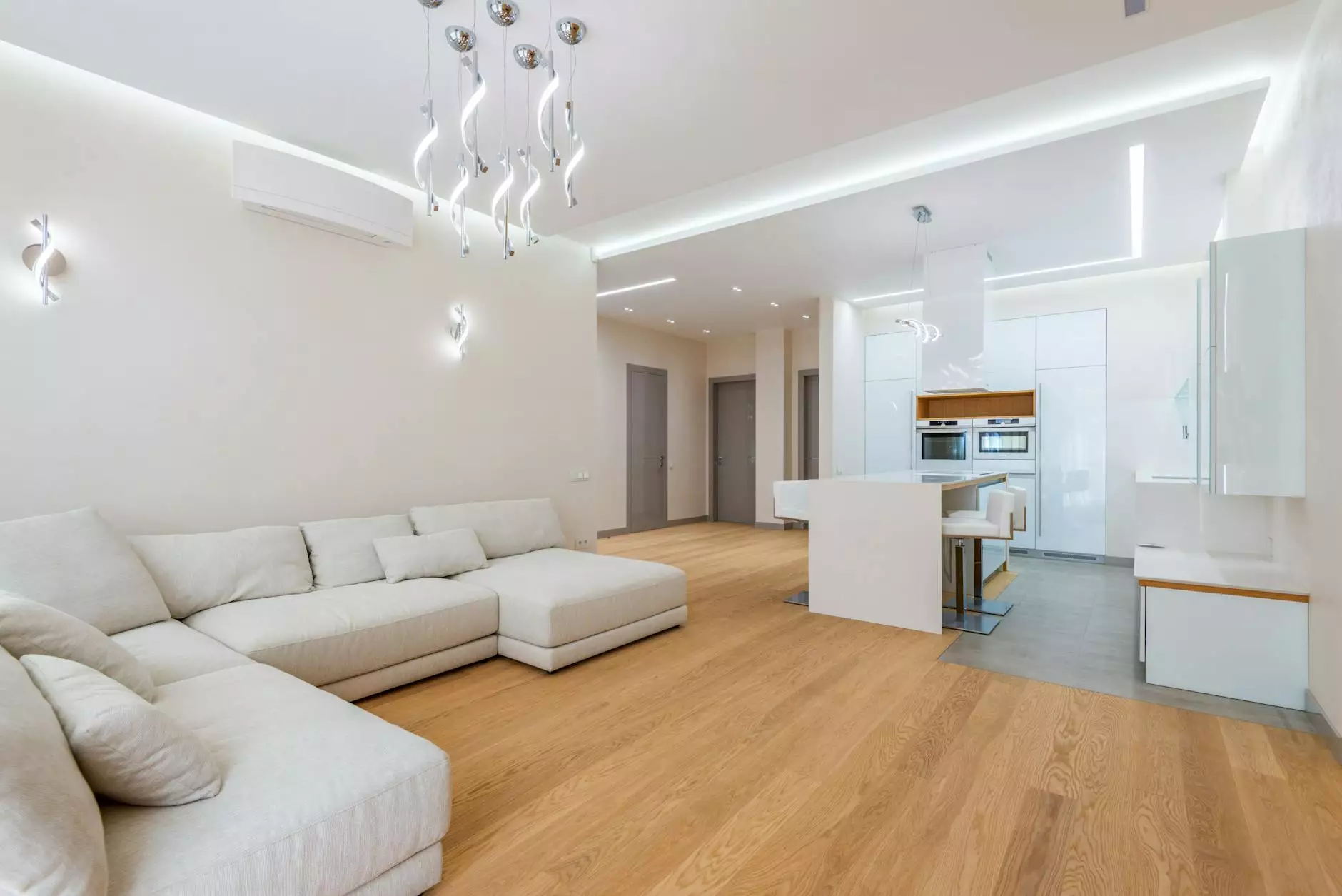The Human Design Chart: Unlocking Your Unique Potential

The concept of the human design chart is a revolutionary approach to understanding ourselves as unique individuals, based on the intersection of various disciplines including astrology, I Ching, Kabbalah, and the Hindu chakra system. This fascinating framework provides valuable insights into our personalities, strengths, and areas for growth, empowering us to navigate life with greater awareness and intention.
What is the Human Design Chart?
The human design chart, also referred to as your bodygraph, is a visual representation of your energetic blueprint. Created by combining specific astronomical data with your birth details, this chart reveals your unique energetic configuration. Each chart is divided into various components that reflect different aspects of your identity, such as your type, profile, and centers.
The Components of the Human Design Chart
The human design chart comprises several key elements:
- Type: There are four primary types—Manifestor, Generator, Projector, and Reflector. Each type has its own way of interacting with the world.
- Profile: This provides insight into your life’s purpose and personal development path, defined by a two-number system.
- Centers: These nine centers represent different aspects of your life, similar to chakras, and can be defined or undefined based on your unique chart.
- Gates and Channels: These are specific traits and connections that influence how you express your energy and communicate with others.
- Not-Self Theme: Each type has a "not-self" theme, highlighting the emotional challenges you might face when you operate outside your design.
Understanding the Four Types of Human Design
Your type is crucial—it describes your natural behavior and approach to life. Here's a detailed look at the four types:
1. Manifestors
Manifestors are the initiators. They thrive on independence and have the power to make things happen. Their strategy is to inform others before taking action. By doing this, they avoid resistance and can move forward efficiently.
2. Generators
Generators are the builders of society, known for their sustainable energy levels. Their strategy involves responding to life's opportunities rather than initiating. They find satisfaction when they engage in work that energizes them.
3. Projectors
Projectors are the guides. Their strength lies in understanding and managing the energies of others. Projectors should wait for invitations to share their wisdom, ensuring that their insights are valued and appreciated.
4. Reflectors
Reflectors are the mirrors of society. With no defined centers, they reflect the energy around them. They have a unique ability to assess what is beneficial for the community and must take time—often a lunar cycle—to make critical decisions.
Profile: The Path to Personal Development
The profile in your human design chart consists of two numbers, such as 3/5 or 2/4. Each number represents a specific archetype that provides insight into how you experience life:
- 1st Number: The conscious aspect of your personality, this archetype often defines your role in society.
- 2nd Number: The unconscious side, revealing how others perceive you and your hidden talents.
Centers: Defined vs. Undefined
In the human design chart, the nine centers correspond to various energies:
- Defined Centers: These are consistent traits that symbolize your natural strengths.
- Undefined Centers: These centers can absorb and amplify external energies, leading to fluctuating traits based on your environment.
The Importance of Gates and Channels
Within the chart, each gate corresponds to specific traits or energies, and channels represent the connections between these gates. Together, they illustrate how you communicate and interact with others.
How to Interpret Your Human Design Chart
To fully understand your human design chart, follow these steps:
- Obtain Your Chart: Use your birth date, time, and location to generate your unique bodygraph.
- Identify Your Type: Study the four types and understand where you fit in.
- Analyze Your Profile: Look at the meanings behind your two numbers.
- Examine Your Centers: Assess which centers are defined and how that impacts your behavior.
- Explore Gates and Channels: Investigate the traits associated with your gates and how they connect to form channels.
Applying Human Design Insights in Business
Understanding your human design can have profound implications for your professional life. Here’s how you can apply this knowledge effectively:
1. Enhancing Team Collaboration
When you comprehend your team members' human design types, you can foster better collaboration. For example, understanding that Projectors need invitations to share insights can help you create an inclusive environment where everyone feels valued.
2. Improving Leadership Styles
Leaders can benefit significantly by recognizing their type. A Generator might lead with energy and enthusiasm, while a Projector may thrive by guiding their team members towards success through strategic insights.
3. Tailoring Marketing Strategies
Knowing the types and profiles can enhance your marketing messages. By tailoring your communication style according to your audience's design, you can create resonant content that engages and converts.
Building Personal Growth with Human Design
The human design chart not only aids in understanding how you interact with the world but also paves the way for personal development. By recognizing your strengths and vulnerabilities, you can:
- Set Empowering Goals: Align your ambitions with your design to create realistic, fulfilling objectives.
- Enhance Self-Awareness: Cultivate mindfulness around your behaviors and emotional responses.
- Develop Emotional Intelligence: Use the insights from your undefined centers to understand and manage your emotional landscape better.
The Future of Business and Human Design
As the world of business evolves, incorporating principles from the human design chart may lead to innovative management strategies and deeper team connections. Organizations that utilize these insights can expect not only enhanced performance but also a culture that nurtures individual potentials.
Conclusion: Embrace Your Unique Blueprint
In summary, the human design chart offers profound insights that can transform both personal and professional lives. By understanding your unique type, profile, and centers, you can unlock the door to a deeper comprehension of yourself and others. Embracing this knowledge will surely lead to a life filled with purpose, authenticity, and success. Begin your journey today by exploring your human design and experiencing the liberation of living in alignment with your true self.
the human design chart







